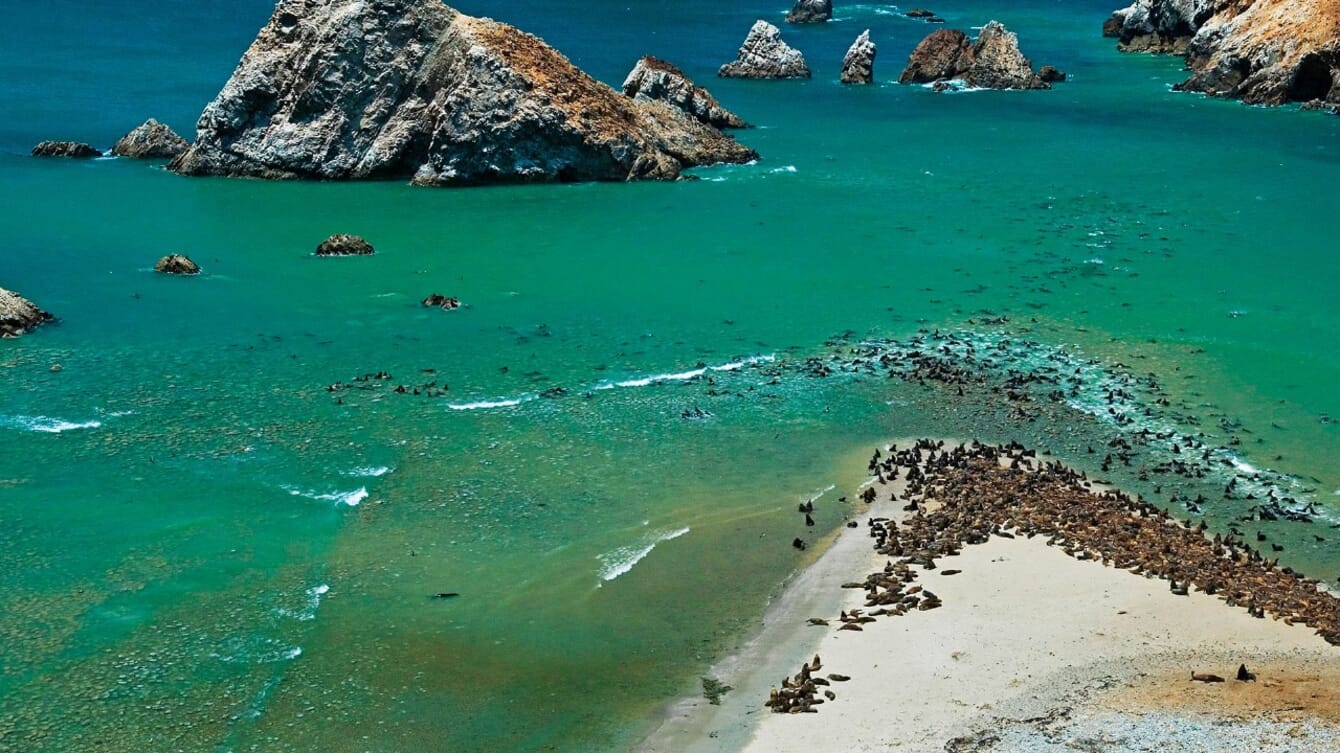
© IHMA
A new technical assessment by the Humboldt Institute for Marine and Aquaculture Research (IHMA) suggests that industrial anchovy fishing can operate in harmony with marine wildlife in Peru’s Paracas National Reserve, a key biodiversity hotspot on the country’s south-central coast, where seabird and sea lion populations have remained stable over the past two decades.
The study Environmental Diagnosis of the Paracas National Reserve: Oceanography, Biodiversity and Fisheries estimates average annual populations of more than two million guanay cormorants, peruvian boobies and pelicans. Furthermore, South American sea‑lion numbers have also climbed steadily in recent years.
The ‘’real threat’’ to the reserve
The report, prepared by scientists, highlights that the industrial anchovy fishery operates under a rigorous legal framework with robust monitoring and control. In contrast, the real risk to Paracas comes from the rapid growth of illegal and unreported fishing, as well as an oversized artisanal fleet.
Jennifer Vilches, director of the IHMA, commented that the main threats to the Paracas Reserve ecosystem come from illegal and informal activities within the reserve itself, such as the use of explosives, hunting of turtles or birds and extraction of resources without sanitary traceability. These activities mainly occur in coves such as Mendieta and Laguna Grande.
“This situation, along with sanitation problems in Paracas Bay, poses a challenge to the sustainability of fishery resources in the area,” she noted in a press release.
Vilches emphasised that Independence Bay – in particular – where artisanal fishing, aquaculture, tourism and human settlements converge, has been identified by the IHMA as the area under the greatest anthropogenic pressure in the entire Reserve.
“This study reinforces the need to make environmental management decisions based on scientific evidence, especially when food security and employment in Peru’s coastal regions are at stake. Ultimately, the goal is for the Paracas Reserve to serve as a model of integrated management for other marine protected areas in Latin America and around the world,” said Vilches.



